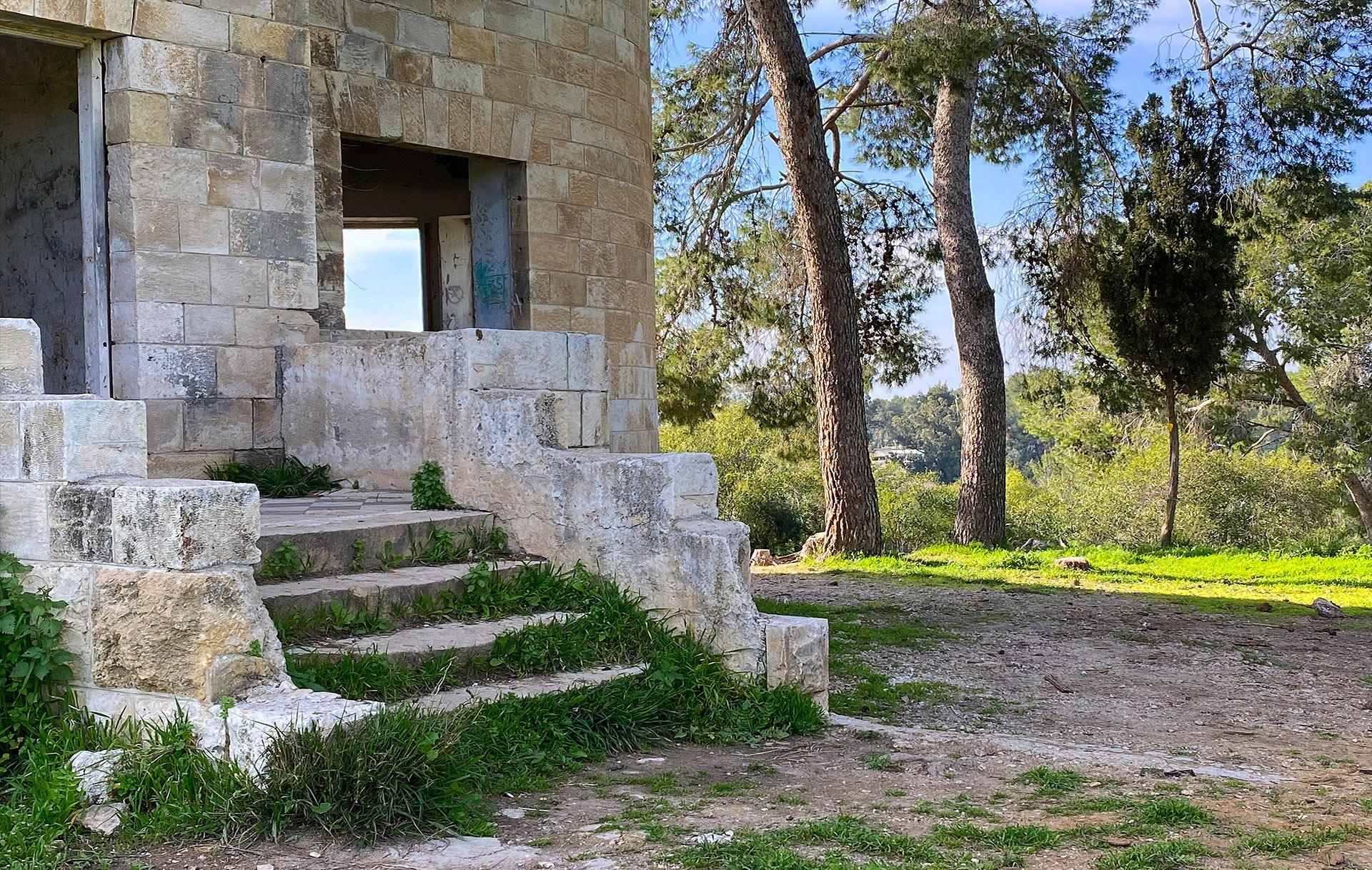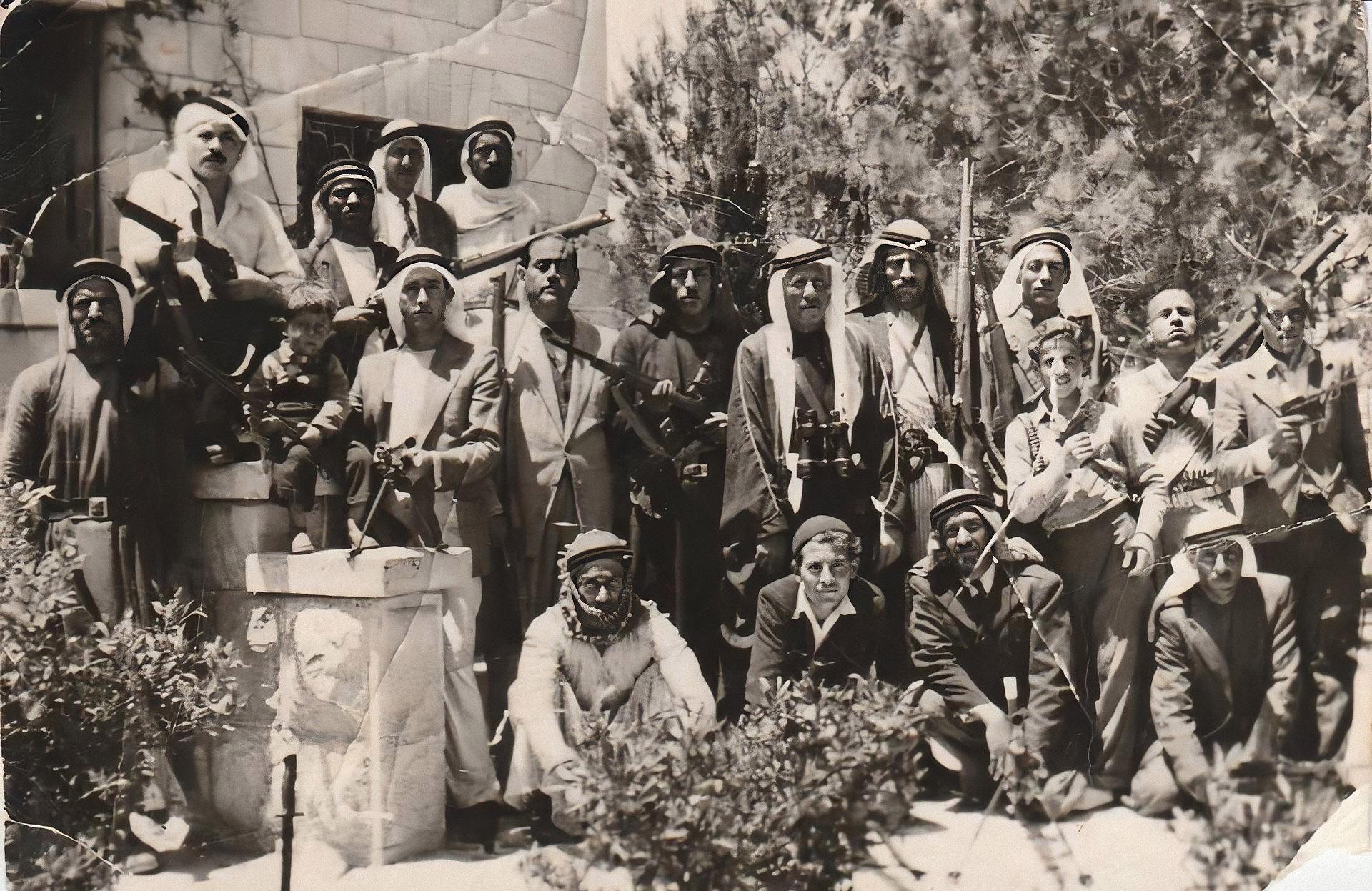As soon as the United Nations’ general assembly released its resolution on the division of Palestine on the 29th of November 1947, war actually started and several fights were happening after the Arabs’ rejection of the resolution and the attacks of the Zionist gangs on Palestinian civilians. Palestinians in cities and villages started arming themselves publicly, unconcerned with the British forces that were planning their exit of the country.
The residents of Beit Jibrin village gathered and collected what they own of rifles and guns and believed what they own was not enough to protect them from the attacks of the surrounding armed colonies. Therefore, they decided to send two of the village’s tradesmen to Egypt to buy arms. The women in the village sold what they own of jewelry and men assembled money from the yields of the previous season. Few weeks later, the traders were able to travel to Egypt and bought a good amount of guns that were used in World War 2 in Egypt. One rifle cost about 108 Palestinian Pounds (At the time, the cost of the Renault French car in Palestine cost about 425 Palestinian Pounds).
A troop of 300 volunteers from the village was formed, and had their meetings located in the house of Abed Al-Rahman Al-azzeh (in the picture below). They agreed to dig a trench which reached to almost 2 meters in some areas. They also established patrols shared between the families in the village (Al-Azzeh, Alshawabka, Alghabariya, and Alda’ajna), alternately.
The Egyptian army arrived to Beit Jibrin in the second half of May in 1948. The Egyptian officers gathered with the leaders of the village in the house of Abed Al-Rahman Al-Azzeh. One of which was the Egyptian previous president Jamal Abed Al-Nasser who was a commander. The Egyptian army took charge to protect the village (before Alfaluja siege). The officer Hassan Sa’afan from the military college was assigned as a coach for the Palestinian volunteers who, during training, kept cheering” long live King Faruk, king of Egypt and Sudan. Long live Haj Amin Alhusseini”. The Palestinians of Beit Jabareen and the Egyptian army fought together in the surrounding villages where many of them fell as martyrs. They also had limited victories and caused several losses for the enemy, especially when they were supported by the Egyptian aircrafts.
A few months later, the forces started losing power. The Egyptian army headed to the displaced villages Alfaluja and Iraq Almanshiya where they were besieged later. Thus, the remaining of the Egyptian Army in Beit Jibrin left to Tarqumiya leaving the residents of Beit Jibrin to defend the village, which was now crowded with hundreds of refugees from Jaffa and several other villages, alone.
Few days later, the support of the Jordanian army has arrived. However, as soon as the armors entered the village, the Zionists were able to demolish it and kill the soldiers. Two of the residents, Othman Alhmouz and Kamel Alazzeh, climbed on a burning armored tank to take a 500 caliber machine gun before it was completely destroyed. Although their hands were burned, they were able to remove the gun and use it to defend their village.
Between the 15th and 20th of October 1948, Beit Jibrin was heavily shelled by the Israeli air forces, in addition to the several raids. People in the neighboring areas continued to leave to escape the bombing.
The Village collapsed at last on October 27th 1948, after fighting until their last breath…
The houses of Beit Jibrin were later destroyed leaving whoever was left of them as refugees. Now, on the lands of Beit Jibrin you will find “National Israeli” parks and the settlement of Beit Gufrin


